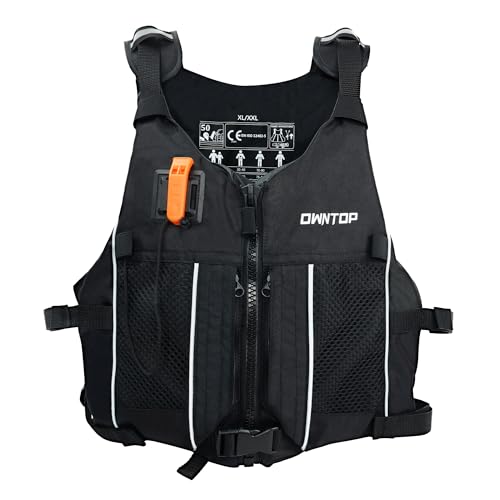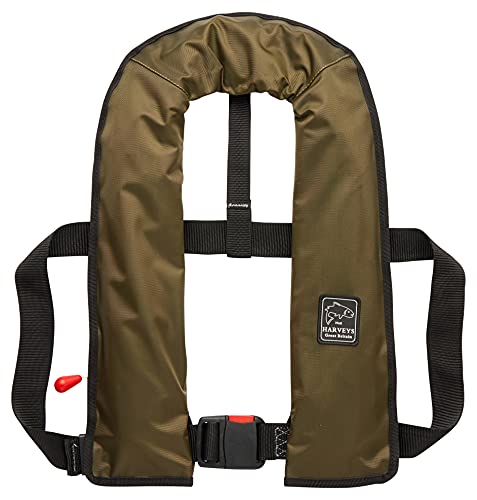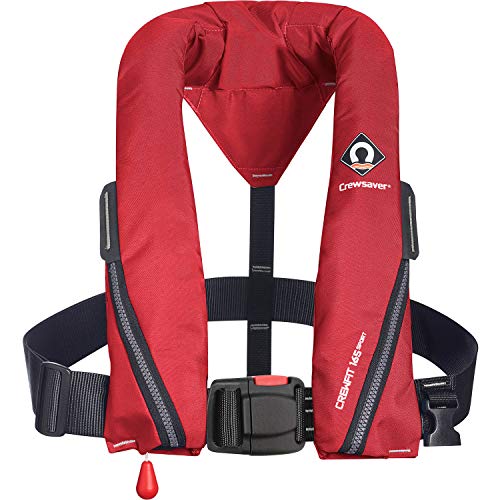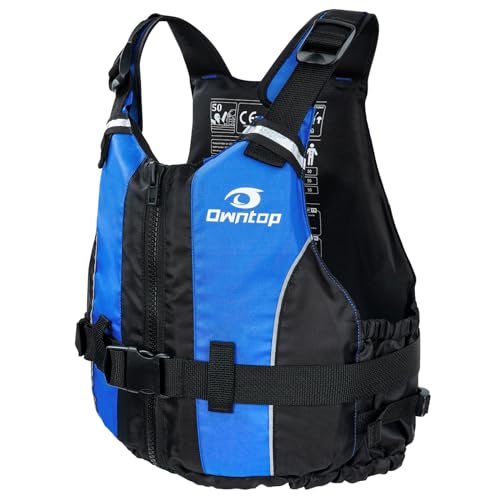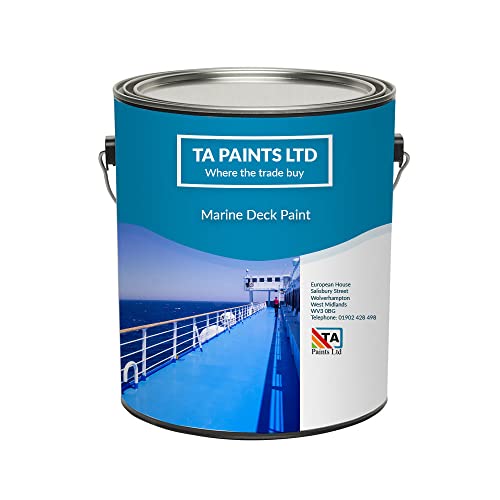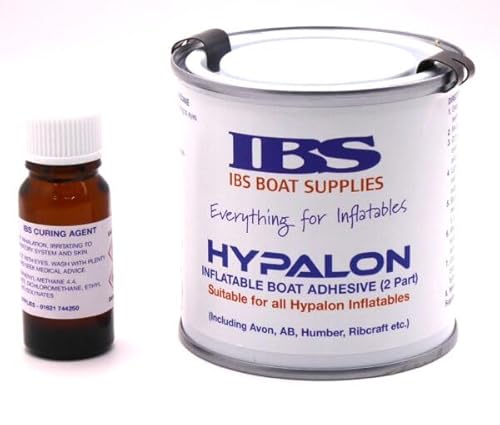Understanding Life Jackets: Their Purpose and Importance for Safety
The Role of Life Jackets in Safety
Life jackets are designed to keep individuals afloat in water, providing essential buoyancy during emergencies. Whether you are on a boat, taking part in water sports, or simply swimming, having a life jacket is crucial for ensuring your safety. They significantly reduce the risk of drowning by supporting your body in a vertical position, making it easier for you to stay above water until help arrives or you can reach safety. Understanding the purpose of life jackets helps you appreciate their critical role in water safety.
Why Everyone Should Wear One
Even strong swimmers can find themselves in precarious situations due to unexpected waves, sudden exhaustion, or adverse water conditions. A life jacket serves as an extra layer of protection, especially for children, inexperienced swimmers, and those navigating unfamiliar waters. By wearing a life jacket, you are taking a proactive step towards your safety and that of others.
Types of Life Jackets: Which One Fits Your Needs?
Different Life Jacket Styles
There are various types of life jackets, each catering to specific activities and user needs. The most common types include traditional vests, inflatable jackets, and hybrid styles. Traditional vests are robust and offer considerable buoyancy, ideal for boating or general water activities. Inflatable jackets are lightweight and comfortable, suitable for those looking for minimal bulk while maintaining safety. Hybrid jackets combine elements of both types, providing buoyancy and comfort. Selecting the right style depends on the intended use and personal comfort preferences.
Activity-Specific Life Jackets
For instance, kayaking requires a life jacket that allows for full arm movement, whereas fishing may demand a design with additional pockets for gear. Those engaging in high-speed activities like water skiing might opt for a more secure, form-fitting jacket to prevent it from riding up. Knowing the suitable type for your activities ensures optimal safety and comfort.
How to Choose the Right Life Jacket Size and Fit
Finding Your Ideal Fit
Choosing the right size and fit for your life jacket is essential for it to perform effectively. An ill-fitting jacket can cause discomfort or, worse, might not keep you afloat as intended. When trying on a life jacket, check that it fits snugly but allows for comfortable movement. You should be able to raise your arms without feeling restricted. A well-fitted life jacket should not ride up over your head or cause pinching under the arms.
Measuring for Success
To find your size, refer to the sizing chart provided by the manufacturer. It’s often based on both your weight and chest measurement. Pay attention to the adjustments available on the jacket, as most come with straps designed to fine-tune the fit. Remember, a life jacket needs to fit properly at all times, so consider trying it on over the clothing you plan to wear during your activities.
Key Features to Look For in a Quality Life Jacket
Essential Features for Safety and Comfort
When selecting a life jacket, several key features can significantly enhance safety and comfort. Firstly, look for jackets with adjustable straps for a custom fit. Reflective strips are useful for improving visibility in case of emergencies, especially in low-light conditions. Ventilation features, such as mesh panels, can help keep you cool, while pockets can offer convenient storage for small items. Additionally, consider the buoyancy rating; a higher buoyancy rating means better support in water.
Extra Tools for Better Performance
Some life jackets come equipped with added tools such as whistles or emergency beacons, which can be extremely helpful in emergencies. Others may include harnesses for attaching to boats. Consider what features will enhance your experience based on where and how you intend to use the jacket.
Care and Maintenance Tips for Longevity of Your Life Jacket
Extending the Life of Your Jacket
Proper care and maintenance of your life jacket will ensure it serves you well for many seasons. After use, rinse it with fresh water to remove salt or chlorine, which can degrade the materials over time. Allow it to air dry in a shaded area, keeping it away from direct sunlight that can lead to fading and deterioration.
Storage and Inspection
Store your life jacket in a cool, dry place, avoiding damp basements or hot attics. Regularly inspect your jacket for signs of wear and tear, such as frayed straps or damaged buoyancy material. Clean it periodically according to the manufacturer’s instructions to maintain its integrity. By following these care tips, you can maximise the life and effectiveness of your life jacket.


